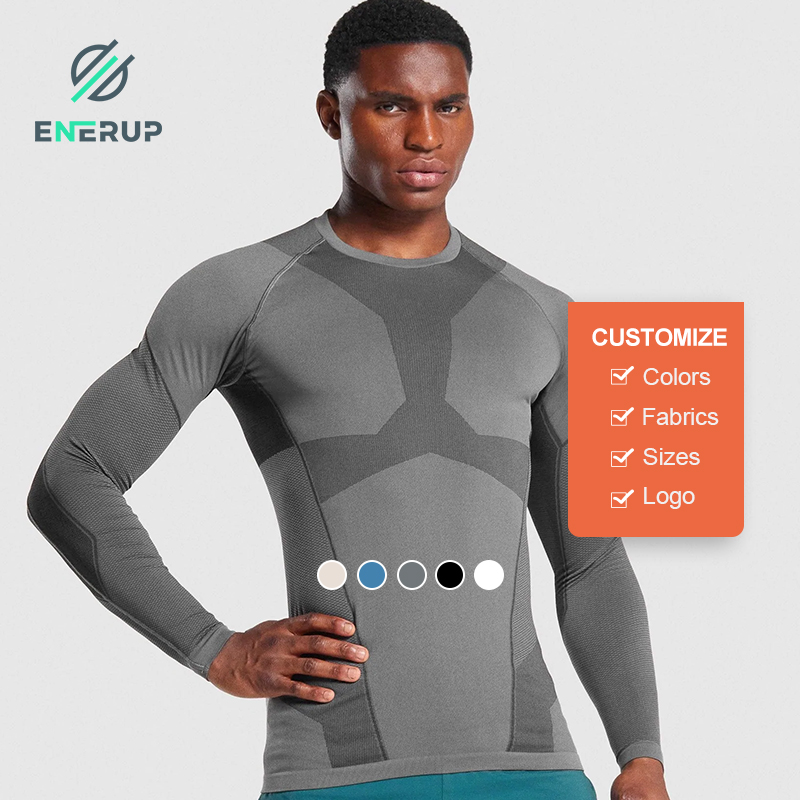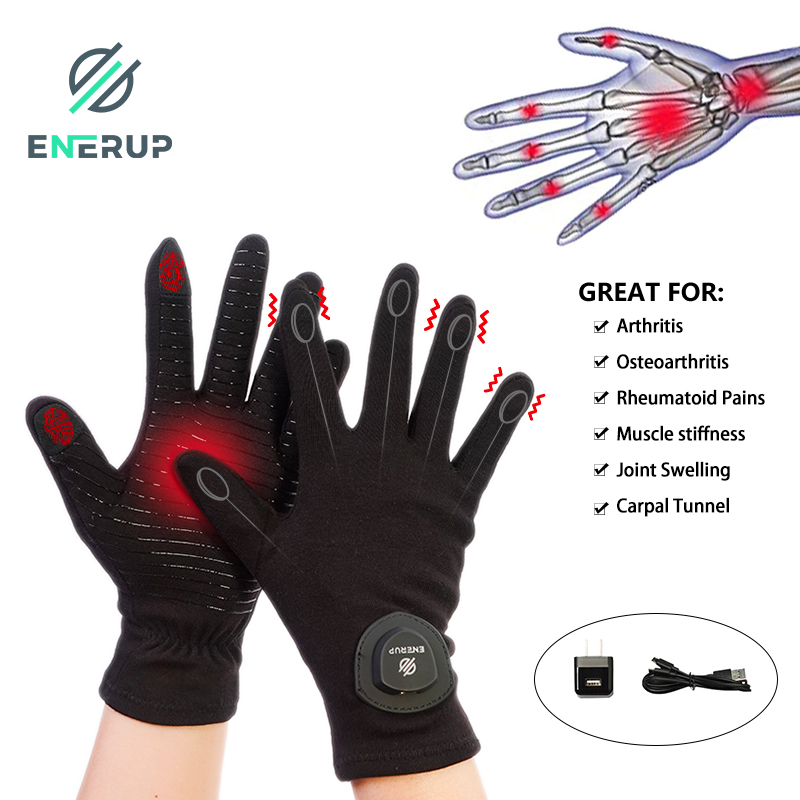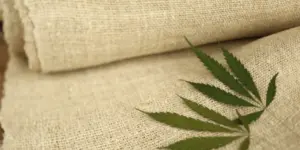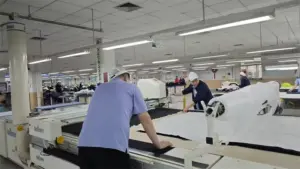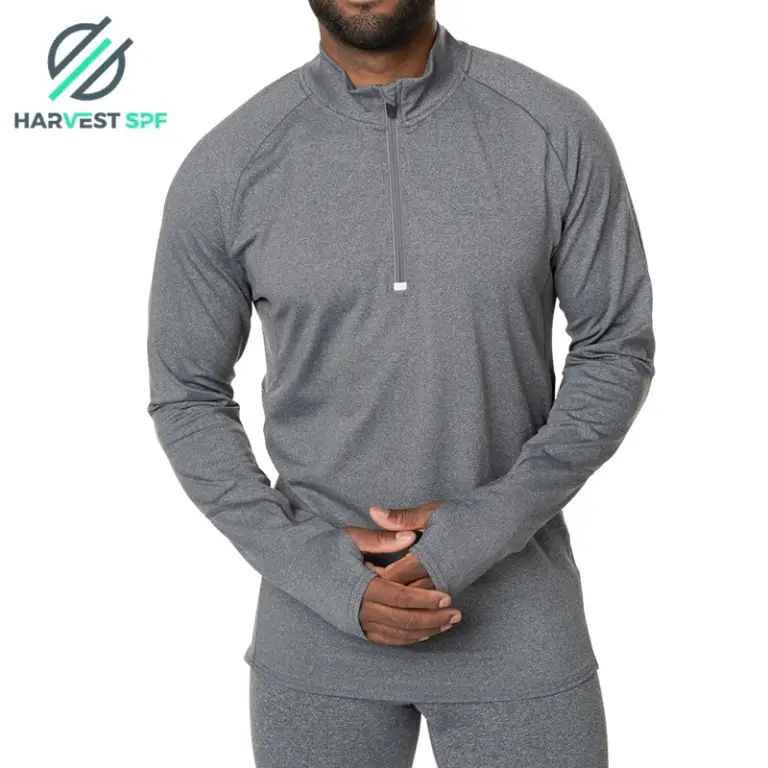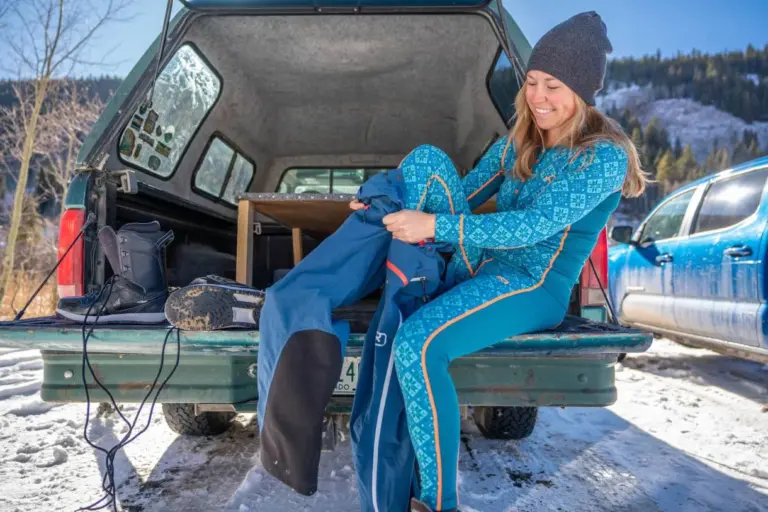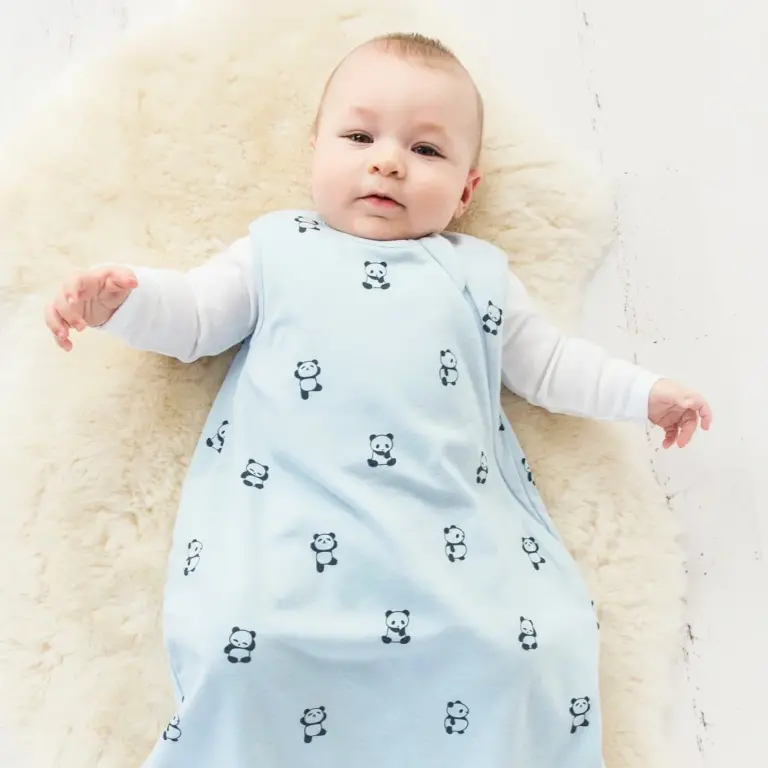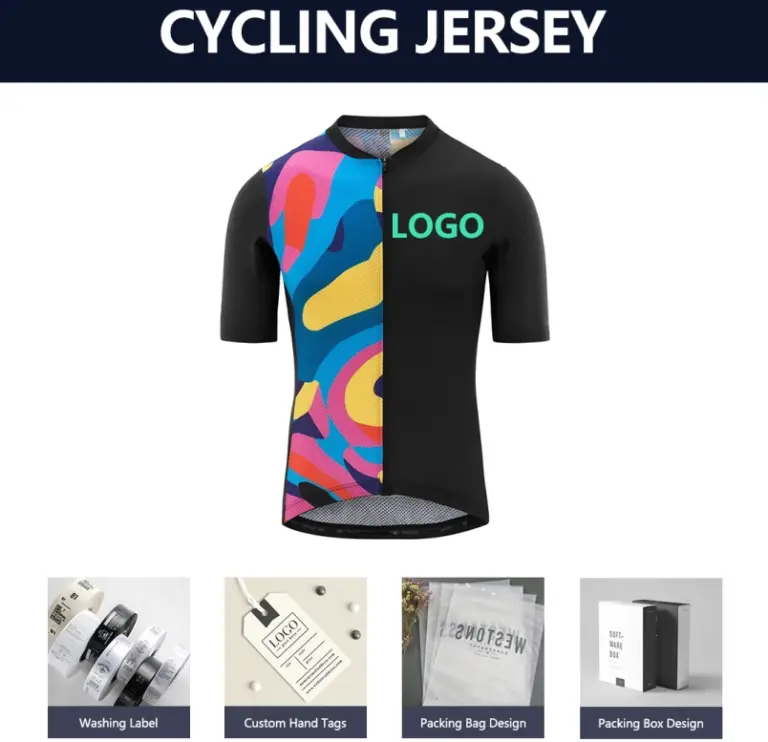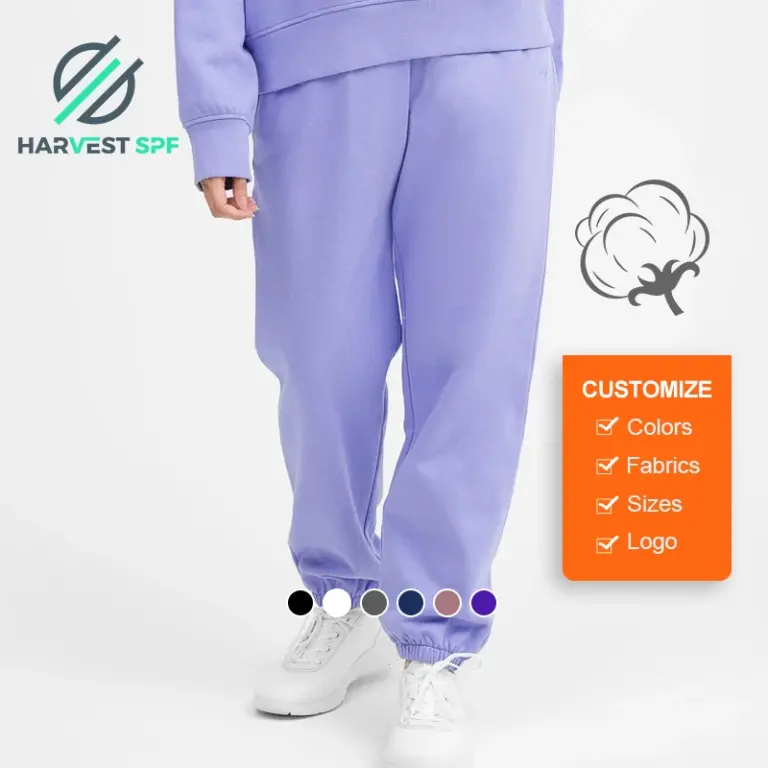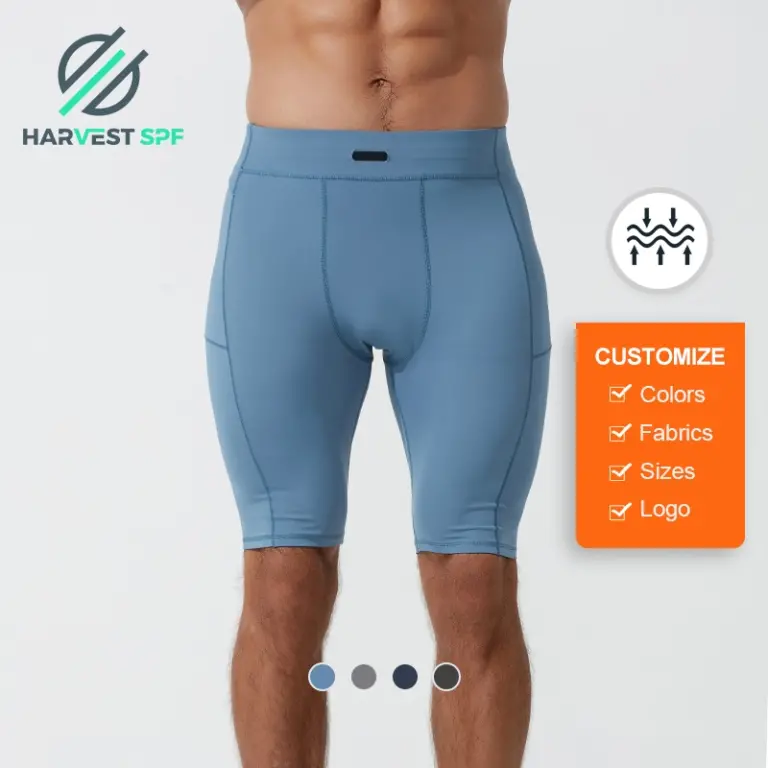What is Hemp
Hemp is a very flexible and green crop. It comes from the Cannabis sativa plant. People have grown it for thousands of years. It’s known for being strong, tough, and kind to nature. Unlike its cousin marijuana, which affects the mind, industrial hemp has tiny amounts of THC. This makes it safe for many uses. This quick-growing plant needs little water and bug spray. It’s a great pick for farming that cares about the earth.
A Brief History of Hemp Plant Fabric
Hemp is one of the oldest crops grown by people. Proof of its use in cloth goes back over 8,000 years. In the past, hemp was widely used to make rope, sails, and clothes. It was strong and reliable. In the United States, hemp growing became popular after the 2014 farm law allowed it. But in the 1900s, hemp use dropped. This was due to its link with marijuana. Also, man-made fibers became common. Today, as green practices matter more, hemp fabric is making a comeback.
What is Hemp Fabric?
Hemp fabric is made from fibers of the Cannabis sativa plant. It’s very tough. It resists mold and mildew. This makes it a great choice for clothes, bags, and home items.
Material Composition and Thread Count
Hemp fabric is made of natural cellulose fibers. These are biodegradable and can turn into compost. The thread count is usually between 200 and 400 threads per inch. This range keeps it airy. It also helps pull moisture away from the skin.
Yarn Creation from Hemp Fibers
The process starts with cutting hemp stalks. The stalks go through retting. This separates fibers from the woody core. Next, the fibers are cleaned and combed. Then, they are spun into yarn. This yarn can be woven or knitted into different textiles.
Hemp Fabric Production Process
The making journey begins with cutting mature hemp plants. Retting pulls fibers from the stalk’s woody core. Then, breaking and scutching remove dirt. Finally, clean fibers are spun into yarn. This can be done with machines or chemicals. Machine processing is better for nature. It keeps fibers strong without harmful chemicals.
Eco-Friendliness of Hemp Cultivation
Hemp growing is very kind to the earth. The plant grows fast. It needs little water and bug spray. Also, hemp takes in a lot of carbon dioxide as it grows. This helps make the air cleaner.
Types of Hemp Fabrics
Hemp fabrics come in many forms. Each suits specific needs.
Exploring Different Varieties of Hemp Textiles
Characteristics of Hemp Jersey
This light fabric is airy and soft. It’s perfect for casual clothes like t-shirts. It’s also great for home items like bedsheets.
Features of Hemp Denim
Hemp denim is known for being tough. It’s a green choice compared to regular denim. It’s used for jeans and jackets.
Applications for Hemp Canvas
Hemp canvas is strong and resists water. It’s used to make bags, shoes, and outdoor gear. Its strength makes it reliable.
Uses for Hemp Hessian
This rough-textured fabric is good for furniture covers or rug-making. It gives a rustic look.
How Hemp Fabric Differs from Other Fabrics
Hemp fabric stands out. It’s very strong and airy. It naturally resists mold. It protects against UV rays. It’s biodegradable and green. These traits make it better than many common textiles. It fits with eco-friendly fashion trends.
Clothes Typically Made with Hemp Clothing
Hemp’s flexibility makes it great for many types of clothes. T-shirts and tops are light and airy. They’re perfect for everyday wear. Dresses and skirts mix comfort and toughness. They suit daily use or special events. Hemp pants and jeans are a green choice compared to regular denim. They blend style with care for nature. Activewear made from hemp is popular. It pulls moisture away. This keeps users comfy during exercise. Outerwear like jackets is very tough. It protects well against wind and rain. Accessories like bags are often made from hemp canvas. It’s known for being strong and water-resistant.
Colors and Textures
Hemp fabric comes in many colors and textures. It suits different tastes. Natural earthy tones like beige, olive green, and brown are common. They show its natural roots. But hemp can be dyed with green dyes. This creates bright colors like red, blue, or soft pastels. At first, hemp feels rough. But it gets much softer with washing and wear. This change makes hemp clothes more appealing. They get comfier over time. Yet, they stay strong.
Caring for and Preserving Hemp Fabric
Proper care keeps hemp clothes in good shape. Wash them in cold water on a gentle cycle. This prevents harm to the fibers. Use a mild soap that’s eco-friendly. This helps the fabric last longer. It also supports green practices. Air drying is best. It reduces shrinking. It keeps the fabric’s natural strength. If needed, tumble dry on low heat. For wrinkles, iron on a low setting. Use a pressing cloth to protect the texture.
Potential Downsides and Areas of Caution
Hemp fabric has many perks. But there are some drawbacks. At first, it may feel rough to some people. This usually gets better after a few washes. The fabric softens naturally. Another issue is cost. Hemp clothes can cost more than regular screens. This is due to their green making process. It’s also less common in some areas. Also, wrong care or harsh soaps can harm hemp’s toughness over time.
The Future of Hemp Fabric
As people care more about saving nature, demand for green materials like hemp fabric grows. Designers and clothing companies are using hemp more. They see its value as a green choice instead of man-made fibers. New tech in textile making improves hemp’s texture. It also expands its uses beyond clothes. With ongoing studies into new uses, hemp fabric is set to shape the future of green fashion.
Work with Harvest SPF Textile Co., Ltd for Hemp Fabric Wear
Harvest SPF Textile Co., Ltd is a leader in functional textiles. They have over 30 years of experience. They focus on research and global trade. They follow the idea “Dress for Energy.” They make healthy and energy-saving textiles. With over 30 patents in new fiber uses, Harvest offers top-notch solutions. These meet global market needs.
Their wide product list includes customizable items. These include activewear, warm clothes, socks, and daily essentials. They use green materials like TENCEL™, Merino wool, bamboo lyocell, organic cotton blends, and hemp fabrics. Working with Harvest ensures top-quality materials. These are backed by standards like RWS and OEKOTEX.
Harvest’s focus on fair trade shows through AMFORI-BSCI certification. Their flexible OEM/ODM cater to many needs. They are a trusted partner for businesses seeking sustainable textile solutions.



